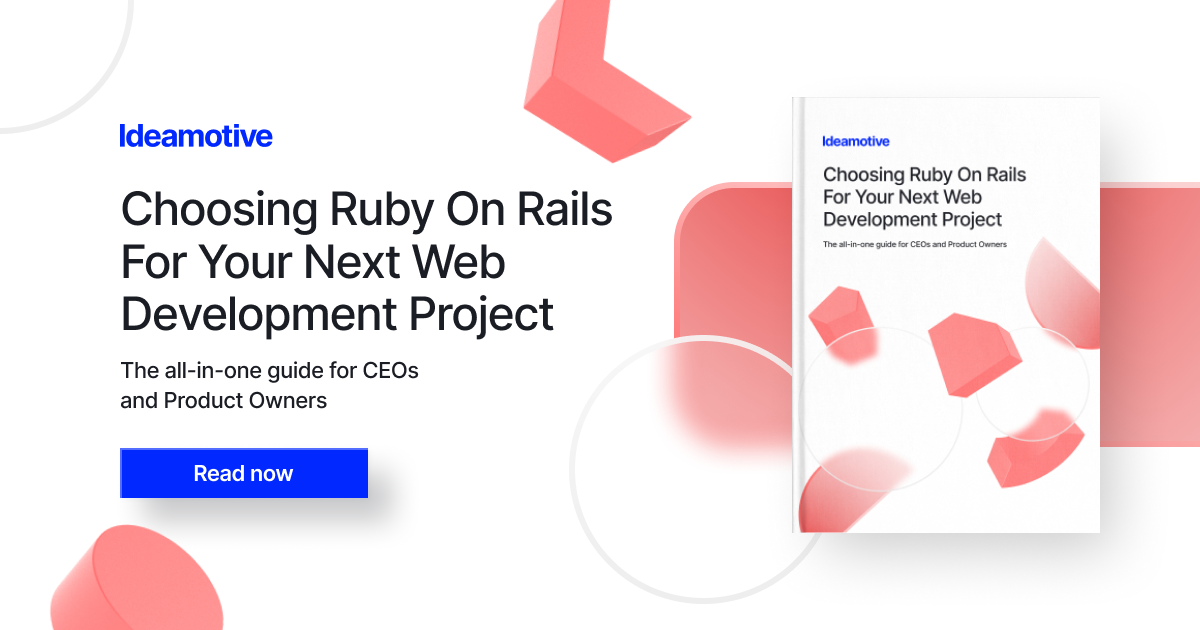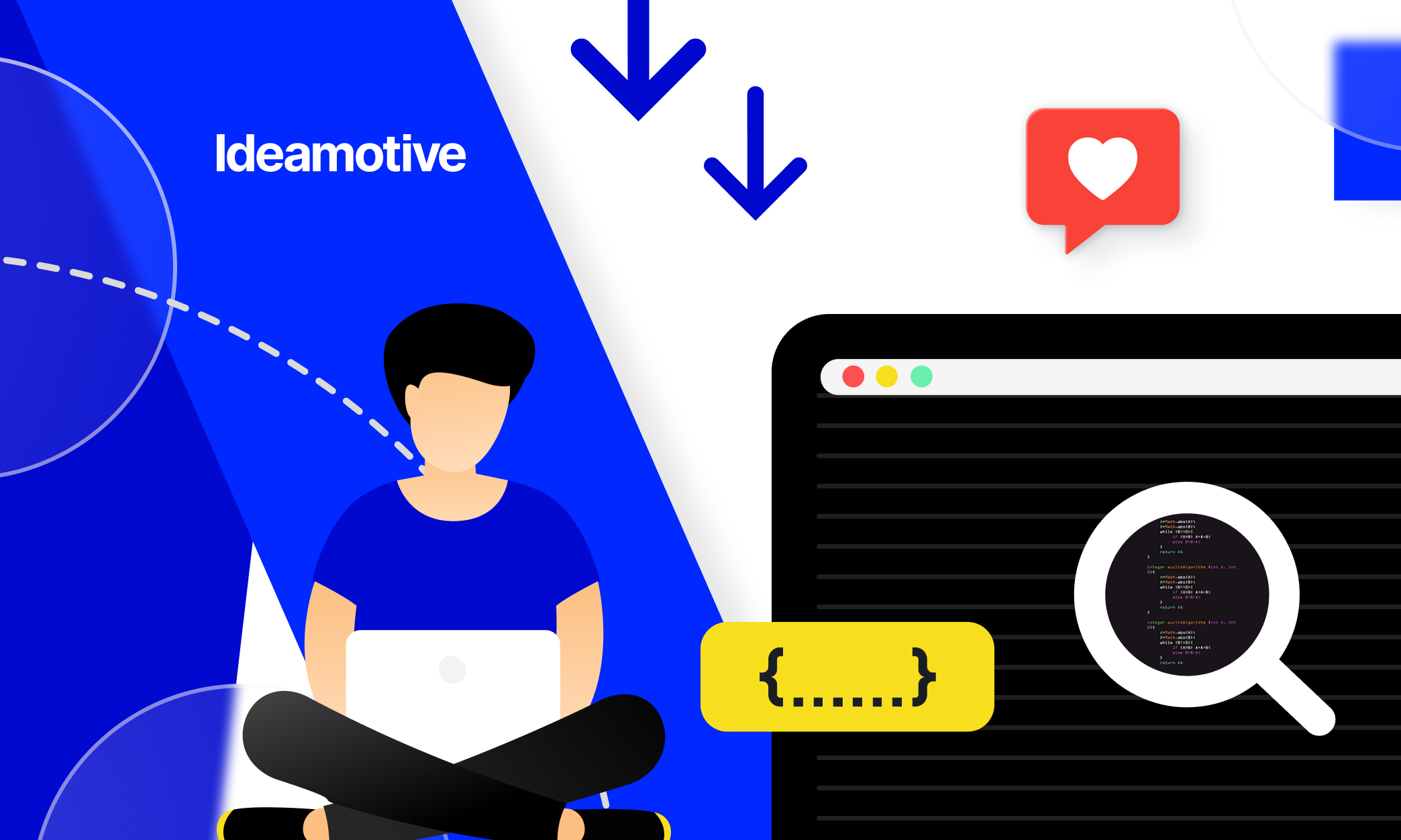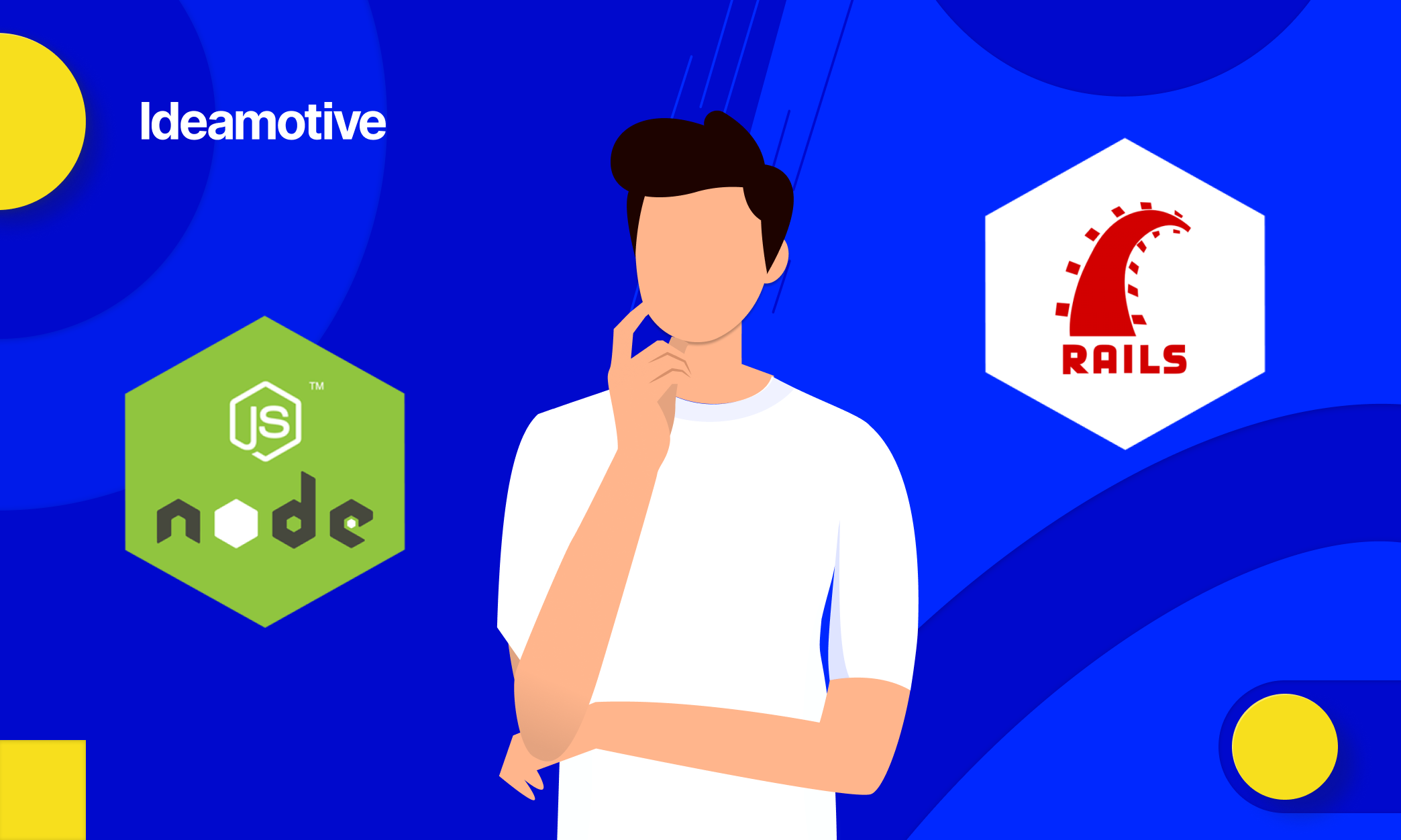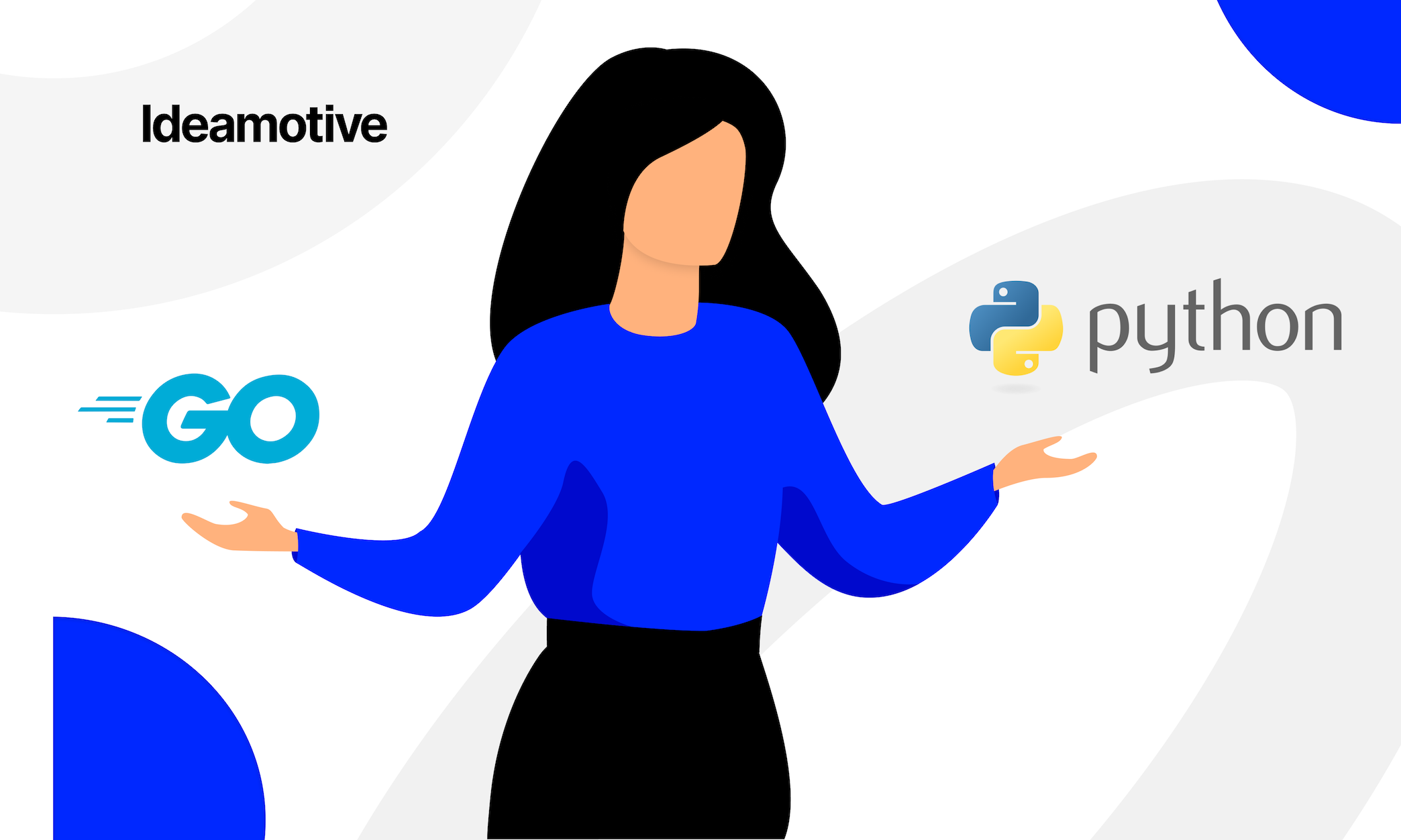Best Backend Developers' Interview Questions And Answers
Below is a list of back-end developer interview questions and answers that companies can use to interview potential candidates. Depending on the experience of the candidates, they should be asked questions of varying difficulty. Our list includes both junior backend developer interview questions and senior backend developer interview questions. These questions will help you to fully evaluate the candidate’s experience and hire the best talents.
Developers looking for the dream job can also benefit from reviewing this list and getting an idea of what they can be asked during their next conversation with an HR manager.
Junior Back-end Developer Interview Questions
01
Explain the architectural style used to create the web API.
The architectural style for creating web API are:
- HTTP for client-server communication
- XML / JSON as formatting language
- Simple URI as the address for the services
- Stateless communication
02
What is the difference between an acceptance test and a functional test?
Acceptance testing - this is a validation activity. Often developers are faced with questions, they built the right thing and or will it satisfy the needs of the client. With an acceptance test, you can determine if a product solves the problems for which it was designed. This can best be done by the user (customer), for instance, performing his / her tasks that the software assists with.
Functional testing - this is a verification activity. Developers also often have questions about whether they have built the product correctly and meet their business requirements. The functional test helps to answer these questions. It can be used to determine if the product works the way the developers think it does not.
03
What does REST stand for and what is a RESTful API?
REST states for REpresentational State Transfer and is a software architectural style that is meant to guide the design and development of web services.
A RESTful API is an architectural style for an application program interface that utilizes HTTP requests to access and process data. The API can be used for getting, putting, posting, or deleting various data types.
04
What is a reverse proxy?
A reverse proxy is a type of proxy that retrieves data from one or more servers on behalf of a client. This data is then returned to the client appearing as if it originated from the reverse proxy server itself. A reverse proxy is often used to balance the load.
05
How to mitigate the risks of SQL Injection?
There are some tips to help mitigate SQL injection:
Prepared Statements with Parameterized Queries. You should always make sure your SQL interpreter distinguishes between code and data. Do not use dynamic queries that cannot distinguish between code and data. Use static SQL query and then pass in the external input as a parameter to query. Using this element, the developer must first define all the SQL code, and only then pass each parameter to the query.
Use of Stored Procedures. It is a Stored Procedure, which is very similar to the function in C, where the DBA calls it when he needs it. This method cannot completely remove the risks of SQL injection, but it certainly reduces the risk by several times by avoiding dynamic SQL generation.
White List Input Validation. Always do this and only give access to pre-approved developers.
06
What are the stages of performance testing?
- Define your testing environment
- Define performance metrics
- Plan and project performance tests
- Set up your test environment
- Implement your test design
- Conduct a certain number of tests
- Retest
07
What are the benefits of using Web Services?
Interoperability. Web services can be developed in any programming language. This is because web services are web-based and run over HTTP / SOAP and use XML / JSON to transfer data.
Reusability. One web service can be used by many client programs at the same time.
Loose Coupling. The client code of the web service is completely independent of the server code
Easy to deploy and integrate, just like web applications.
Multiple service versions can be running at the same time.
08
What is the difference between the high-level comparison SQL and MongoDB databases?
SQL databases store all of their data as tables, columns, rows, and records. All this data is stored in one place, on a predefined data model, which is not flexible enough for modern real-world highly growing applications.
As for MongoDB databases, they are in many ways similar to SQL, because they also store all data in the form of tables, columns, rows, and records. The main difference is that MongoDB uses a flexible framework that can be easily extended and modified.
09
How do you understand the term Containerization?
Containerization is a type of virtualization strategy that was invented as an alternative method to traditional hypervisor-based virtualization.
During the containerization process, the operating system is used concurrently by different containers, so it does not need to be cloned for each virtual machine.
10
Please tell me what were the reasons that you chose the Microservices architecture?
I chose Microservices architecture because it offers many advantages that make it more attractive than other architectures. Here are some of its main benefits:
- Microservices can easily adapt to new frameworks and technologies
- The failure of one processor does not in any way affect the operation of others or the entire system, and
- Provides ongoing support to both huge companies and small teams
- Microservices architecture can get up and running in a relatively short period
Mid Back-end Developer Interview Questions
01
What are some best practices that are used for performance testing?
Most back-end developers use several advanced performance testing techniques. These include the following:
- During back-end development, test products as early as possible
- Baselines should be the starting point for determining whether a product is successful or not
- All tests should be carried out under conditions as close as possible to production systems.
- Isolate the performance testing environment from the environment used to test product quality
02
How do you understand the term High Availability (HA)?
Accessibility means the ability of the user of the program to gain access to the system. If the user cannot access the program, then it is considered unavailable.
High availability also means that the program will be available to users without interruption. Using redundant server nodes with clustering is a common way of higher availability in web applications. Availability is also commonly expressed as a percentage of uptime in a given year.
03
Explain how you understand the ACID property of a system?
ACID is an acronym most commonly used to define the properties of a relational database system. Also, this acronym consists of 4 separate terms:
Atomicity - This property means that if one part of a transaction fails, then the entire transaction fails and the state of the database remains unchanged.
Consistency - This property ensures that any transaction performed will be able to move the database from one valid state to another.
Isolation - This property ensures that if two transactions are executed at the same time, then this will lead to the state of the system that would be obtained if two transactions were carried out sequentially.
Durable - means that the transaction was completed, it will not change its shape and properties, even if the power is turned off.
04
If Node.js is single-threaded then how does it handle concurrency?
With Node, programmers have a single thread. Using it, code can be written very easily and without a bottleneck. Node also uses multiple POSIX threads, for various I / O operations such as File, DNS, Network calls, etc.
If Node gets an I / O request, it creates or uses a thread to perform that I / O operation. After performing this operation, it puts the result in the event queue. During each such event, an event loop starts and checks the queue. If the execution stack of Node is empty then it adds the queue result to the execution stack.
05
Explain the essence of DRY and DIE principles?
Do not Repeat Yourself (DRY) or Duplication is Evil (DIE) is a principle of software development that states that every piece of information must have only one, unambiguous and authoritative representation within a system. The principle is aimed at reducing the repetition of software patterns and replacing it with abstractions in order to avoid redundancy.
06
What is the difference between clustered and a non-clustered index?
A clustered index is a kind of index that you can use to change the order in which records are physically stored in a table. This is why tables can only have one such index.
A non clustered index is a kind of index in which the logical order of the index does not match the physical order of storing rows on a disk. The end node of such an index does not add up to the data site but consists of index rows.
07
What are the differences between continuous integration, continuous delivery, and continuous deployment?
Continuous integration developers merge their changes into the main branch. This helps to avoid the chaos that occurs when people are waiting for a product release to merge their data with the main branch.
Continuous delivery is a continuation of continuous integration and helps to quickly release changes to its customers. This means that in addition to automating the testing process, you also automated the process of releasing and starting the program.
Continuous deployment - helps each shift that goes through all stages of the production pipeline to quickly reach customers.
08
What's the difference between JOIN and UNION?
With the help of SQL JOIN, we can search for data in another table, based on the specified conditions between the tables.
UNION operation allows us to add 2 similar data sets to create the resulting data set that contains all the data from the source data sets. Union does not require any conditions for joining.
09
Explain the difference between Monolithic, SOA, and Microservices Architecture?
Monolithic Architecture is like a huge container in which all the elements of the software components are gathered together and very tightly packed.
Service-Oriented Architecture is a set of services that interact with each other.
Microservice Architecture - This style structures programs as a collection of small, stand-alone services.
10
How can you swap the values of numeric variables without using other variables?
You can swap two values a and b without using any other variables as follows:
a = a + b;
b = a - b;
a = a - b;
Senior Back-end Developer Interview Questions
01
Explain what the API Gateway pattern means?
An API Gateway is a server that is the only possible entry point to the system. It is similar to the Facade pattern from object-oriented design. API Gateway encapsulates the architecture of the entire system and provides an API that is already adapted for each client. This API can also have other functions such as authentication, caching, monitoring, and load balancing.
02
What are the benefits of using B-trees index?
Such indexes save a lot of time, because look-ups, deletions, and insertions can all be done in logarithmic time. Also, the data that is stored inside B-trees can be easily sorted.
03
What Is the BASE Property Of A System?
The acronym states for Basically Available, Soft state, Eventual consistency. BASE properties are general properties inherent in newly developed NoSQL systems. The BASE system does not guarantee consistency, but it is guaranteed to be available. Its soft structure suggests that the state of the system can change over time, even without data entry. This is due to the sequential model.
04
How can you explain Distributed Transactions?
Distributed Transaction is a situation where one event changes two or three separate data sources that cannot be captured. In the world of microservices, it becomes even more complex as each service is a unit of work, and most of the time multiple services have to work together to make a business successful.
05
Why should you always avoid GOD class?
The most efficient way to hack a program is to create a GOD class. These are classes that keep track of huge amounts of information and have multiple responsibilities. One code change will affect other parts of the class. This leads to chaos in the service because no one dares to make a quality change.
06
Explain how you understand Spike Testing?
Spike testing is a type of stress testing that evaluates the performance of software when workloads increase rapidly. For a short period, this load exceeds expectations.
07
What's the difference between faking, mocking, and stubbing?
Fake objects have working implementations but will require a reduction, which makes them unusable for production.
Stubs are standard responses to calls made during a test. They can also record call information, such as an email gateway stub that remembers the messages it 'sent ".
Mocks are objects with preprogrammed expectations that shape the specifics of the call.
08
Explain the difference between principles YAGNI and KISS?
YAGNI (You ain't gonna need it) - refers to the analysis or implementation of things that may not be needed at all. Of course, algorithmic elegance is important, but in most cases, it is not needed. You have to be careful not to spoil the client's needs with your ideas.
KISS (Keep it simple stupid) is the fact that simple systems are much easier to manage. Simplicity is not always less work, because it takes a lot of knowledge to implement it.
09
When to use Redis and when to use MongoDB?
MongoDB and Redis are both NoSQL databases, however, they were built for different purposes.
MongoDB is a document-oriented, disk-based database that should be used for ensuring operational simplicity, creating a schema-free design, and processing very large data volumes.
Redis is an in-memory, persistent data structure store that should be used to enable the performance of common operations with minimal complexity and maximum performance.
10
Give examples of the mitigation tactics you’d use for various types of API attacks.
- Injection: I’d validate and sanitize all data in API requests as well as limit response data to prevent the unintentional leakage of sensitive data.
- Cross-Site Scripting (XSS): I’d validate input as well as use character escaping and filtering.
- Distributed Denial-of-Service (DDoS): I’d limit the number of requests and payload size.
Man-in-the-Middle (MitM): I’d encrypt traffic in transit.

There are hundreds of battle-proven software development experts in our Talent Network.
Are you a backend developer looking for amazing projects? Join as a Talent





